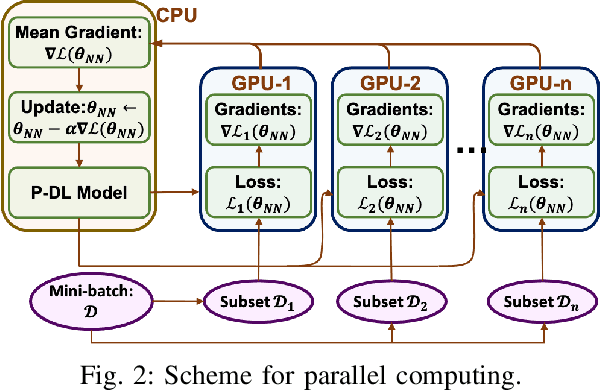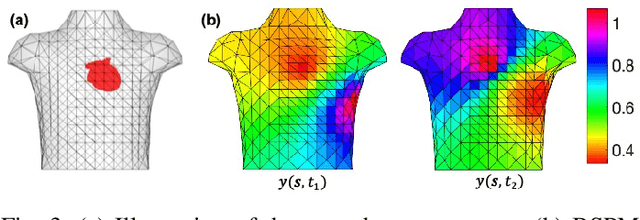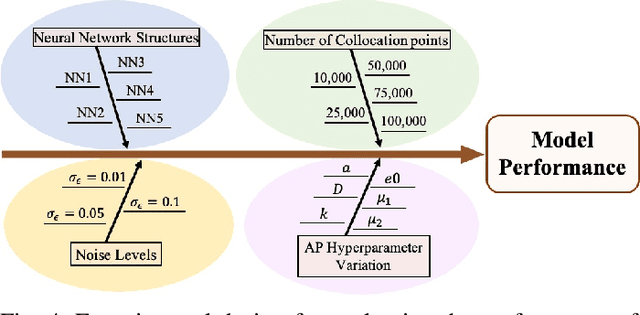Physics-constrained Deep Learning for Robust Inverse ECG Modeling
Paper and Code
Jul 26, 2021



The rapid developments in advanced sensing and imaging bring about a data-rich environment, facilitating the effective modeling, monitoring, and control of complex systems. For example, the body-sensor network captures multi-channel information pertinent to the electrical activity of the heart (i.e., electrocardiograms (ECG)), which enables medical scientists to monitor and detect abnormal cardiac conditions. However, the high-dimensional sensing data are generally complexly structured and realizing the full data potential depends to a great extent on advanced analytical and predictive methods. This paper presents a physics-constrained deep learning (P-DL) framework for high-dimensional inverse ECG modeling. This method integrates the physical laws of the complex system with the advanced deep learning infrastructure for effective prediction of the system dynamics. The proposed P-DL approach is implemented to solve the inverse ECG model and predict the time-varying distribution of electric potentials in the heart from the ECG data measured by the body-surface sensor network. Experimental results show that the proposed P-DL method significantly outperforms existing methods that are commonly used in current practice.
 Add to Chrome
Add to Chrome Add to Firefox
Add to Firefox Add to Edge
Add to Edge